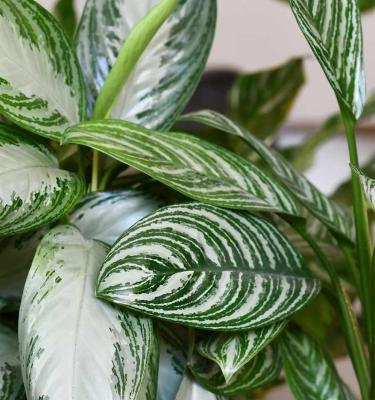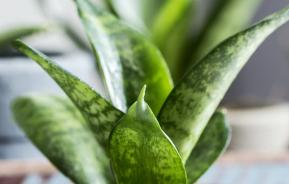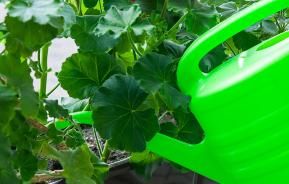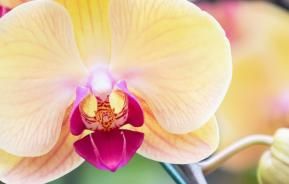1. Plant placement
If you moved your plants near a window during the darker winter days, it's now time to make sure they're not in direct sunlight. Very few house plants do well sitting at a south facing windowsill with the exceptions of cacti and some succulents, so move them to where they can get good indirect light.
2. Watering
Now is the time to up your watering as the plants will be starting to put on more growth with the longer light levels and warmer temperatures. Always check that your plant needs watering by pushing your finger into the compost to check that it's moist under the top layer, which can often look dry. It’s also important to get to know the weight of the pot, so if it's really light then that can often be a good indication that the plant needs watering.
Different plants have different watering needs so don't have a weekly watering schedule, always, always make sure that your plant needs moisture first and that could be once, twice a week or once a month depending on the plant. Use room temperature water, ideally left overnight to let any chemicals in the water dissipate.
Some house plants prefer being watered from the bottom up and this can be especially good if you have a problem with fungus gnats. Make sure though that you don't leave a pot sitting in water for more than 20 minutes.
House plants such as orchids prefer a special watering system, and you can find more about this by watching this video.
Start misting your house plants again especially plants like ferns, peace lilies and pothos varieties. Larger plants can be taken into the shower for a good misting! Regular misting not only helps keep jungle plants hydrated but it also keeps the leaves clean and free from dust. Cacti, succulents, and hairy-leaved plants should not be sprayed or washed. Instead use a soft, dry brush to remove the dust.
3. Feeding
Spring is the perfect time to start feeding your houseplants. Plants will start growing again and so will need that extra boost of nutrients to help them thrive not just survive.
Add a liquid feed such as Miracle-Gro® Pump & Feed All Purpose directly to the base of your plants when watering once every 2 weeks or monthly, to not only achieve glossy green leaves but also to make the plants stronger so they are more resilient to pest and disease problems. You can also use Miracle-Gro® Push & Feed All Purpose to give you glorious results that last for 6 months!

Once the plants growth slows down and light levels drop, usually September/October, then you can stop feeding your houseplants.
4. Repotting
The best time to repot houseplants is when they are actively growing - usually spring and early summer. Water the plant thoroughly before you start and leave it to drain. Select a pot one or two sizes bigger than the existing one using Miracle-Gro® Peat Free Premium Houseplant Potting Mix and gently knock the plant out of the existing pot and place the root ball into the new one.
Fill the space around the root ball with the compost and lightly firm.
Water thoroughly to settle the compost and the roots making sure it’s not left sitting in water and then place out of direct sunlight for a few days. Your newly repotted houseplant shouldn’t need extra feeding for the first 6-8 weeks but after that you can start adding a liquid feed until the autumn.
Remember, different plants have different needs so invest in speciality mixes such as Mediterranean, orchid or cactus, succulent and bonsai for really beautiful results.









